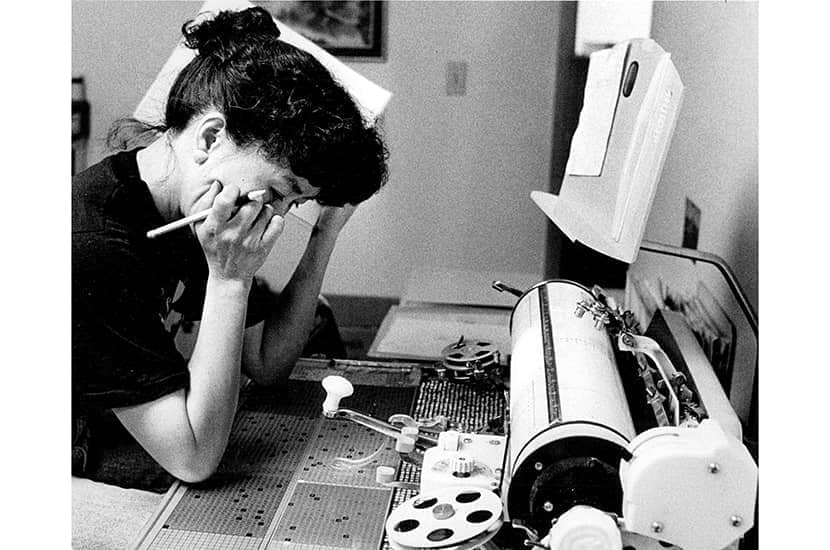Any student of Chinese will sympathise with the 17th-century Jesuit priest Fr Emeric Langlois de Chavagnac when he wrote: ‘One can only endure the pain of learning it for the love of God.’ With its convoluted characters, subtle tones and numerous homonyms, it can seem as though the language just doesn’t want to be learned. Jing Tsu’s Kingdom of Characters starts from the premise that this is not merely a problem for foreigners: for millennia, the Chinese themselves have been confounded by it.
At the beginning of the last century, the literacy rate in China was only 30 per cent for men and 2 per cent for women. Those without the means to study had little chance of grasping the idiosyncratic script. Written Chinese has tens of thousands of characters — standalone ideographs that are not alphabetic or phonetic, and often look maddeningly similar. Books were mainly written in archaic classical Chinese rather than the vernacular. ‘The educated elite and the masses thus inhabit two entirely separate worlds,’ the late Qing reformer Wang Zhao wrote.
Spoken Chinese came with its own problems: homonyms abound and can only be distinguished by particular tones (four for Mandarin and nine for Cantonese). A vast number of regional dialects meant that people from different corners of China struggled to understand each other — a particular difficulty for the Qing army when drawing national reinforcements in the Opium Wars.

The problem was not an abstract one. Fr Chavagnac was among the first Europeans to venture to China, arriving in Guangzhou in 1701. He’d be followed by traders, envoys and armies over the next three centuries. Much has been written about how and why the empire crumbled so easily and slipped into decades of national humiliation. Agitators such as Wang Zhao blamed the language.








Comments
Join the debate for just £1 a month
Be part of the conversation with other Spectator readers by getting your first three months for £3.
UNLOCK ACCESS Just £1 a monthAlready a subscriber? Log in